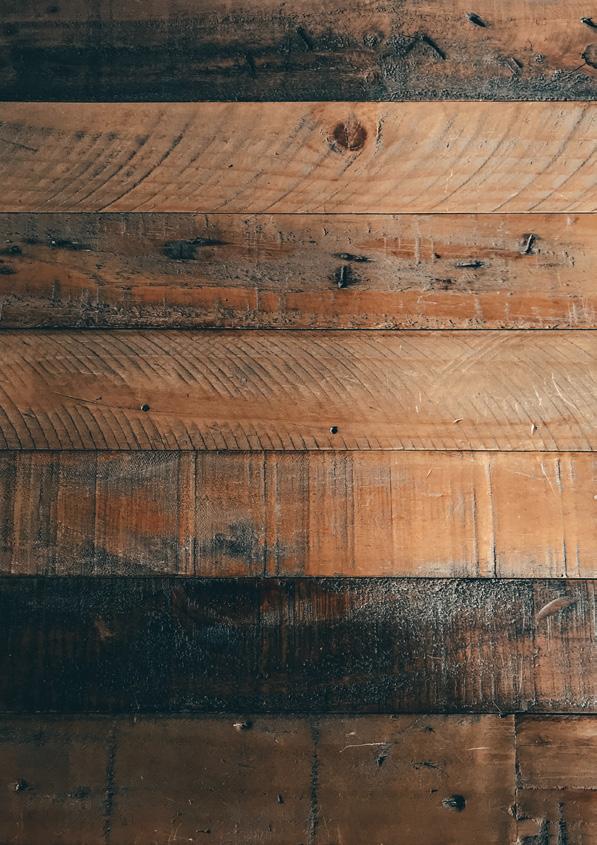
4 minute read
Directors and Staff
CHASING THE HOLY GRAIL OF A PERFECT BEEF CARCASE
Murray Grey breeder Rod Hoare may not have cracked the solution for breeding the perfect steer but he has come pretty close with a carcase score of 99 points.
Advertisement
The steer, Cadfor Q119, took out the grand champion carcase at the 2020 South Coast Steer Spectacular with the holy grail of hoof and hook competitions within its grasp.
Rod, of Cadfor Murray Greys, Binda, NSW, conceded the competition suited moderate framed, early finishing steers like Q119 and the bigger boned calves may have been too fat at heavier weights.
“Last year’s steer had perfect fat cover and not enough eye muscle,” he said.
“We have the right bull, great cows available and I just have to be brave enough to castrate the best calves.”
Rod runs around 60 split calving (moving to all spring) registered females with his partner Helena Warren.
The couple bred Q119 from their herd sire, Cadfor Falcon N2 and out of the oldest female in the herd, Cadfor Annette F178.
Q119 was weaned on March 2 at 310kg, given to Chevalier College, Burradoo, NSW, for grain finishing for 60 days and exhibited at the 2020 South Coast Beef School Steer Spectacular on May 7-9. Due to the COVID-19 lockdown, there was no public exhibition of the steers and they were judged on the hoof in the yards before processing at Milton District Meats.

The carcase results were screened on social media, with Q119 going on to pick up the grand champion carcase, losing just one point for fat cover.
“It was like we had got a brush and just painted an even fat layer all over. The judge said he has never seen a carcase like it,” Mr Hoare said.
“The carcase was judged twice to ensure they hadn’t buggered up and independently did it as well.”
Q119’s carcase weighed 218.6kg, dressed out at 57 per cent, had 7mm of rib fat and an eye muscle area of 74sqcm.
“It will be a hard act to follow. We have two steers with Kelso High School for steer competitions later in the year,” Mr Hoare said.
He aims to breed for superior muscle with adequate fat cover.
“We breed stud stock for commercial breeders and we target criteria that are important to achieve Meat Standard Australia premiums,” he said.
“It is a measure of our success in our primary goal that the resulting steers are doing well in competitions.

(steers) Rod Hoare and Helena Warren supply steers to regional schools for carcase competitions. (Q119) The grand champion steer Cadfor Q119 at weaning in March weighing 310kg. Photo Rod Hoare “An important breeding strategy is to select the breeding females to suit the farm environment and bulls to suit the target market.

“Because our farm has a harsh winter, we find cows need a good fat cover to do well, produce a good calf and go back in calf.
“By selecting the best producers of our cows we ended up with a herd with above average fat cover.”
Fifteen years ago, the couple decided to breed animals with superior muscle and fat when genetics were trending towards muscle with minimal fat cover.
They sought out well-muscled bulls that were not so lean.
“We chose Eylwarra Sands Falcon F33 to improve the muscling on one of our better producers Cadfor Beroleanne D138,” Mr Hoare said.
This mating produced the stud’s main herd sire, the black coated Cadfor Falcon N2.
The couple has a goal to produce weaners weighing 300kg at 200 days.
“At weaning, we always calculate an adjusted 200 day weight to provide comparisons between years,” Mr Hoare said.
“This year the calves averaged 356kg at weaning, 41kg birthweight and grew at 1.5kg/day so at 200 days they have been about 341kg.”
Rod aims to make pastures “rain ready” to cope with unpredicatable weather patterns.
“We also want to make maximum use of rain whenever it happens and where it falls,” he said.
“This requires minimising runoff, maintaining 100 per cent ground cover, using perennial species, especially phalaris, cocksfoot, fescue and paspalum, and fostering biodiversity. Adequate green shoots are retained to enable photosynthesis, and ensure the soil has adequate nutrients.
“We have encouraged paspalum in four of our paddocks as this will produce green feed in response to summer storms.
“The autumn and spring calving groups were put on the paspalum paddocks to allow other pastures to bulk up.”
The siblings to Q119 were turned off through the CLTX at Carcoar in May and were split on coat colour into greys and blacks.
The grey steers averaged 376kg and fetched 399c/kg to return $1501 while the black steers averaged 373kg, sold for 408c/kg and returned $1522.
The differential should be of little importance to the bottom line because Murray Grey breeding stock can be bought more cheaply and produce a bigger and better carcase off grass, according to Rod.
The Murray Grey cows are also bigger and fetch more when culled – dry cows sold by Cadfor in May weighed 775kg and averaged $2309.
(carcase) The near perfect carcase on 99 points at the Southern Coast Beef School Steer Spectacular.







